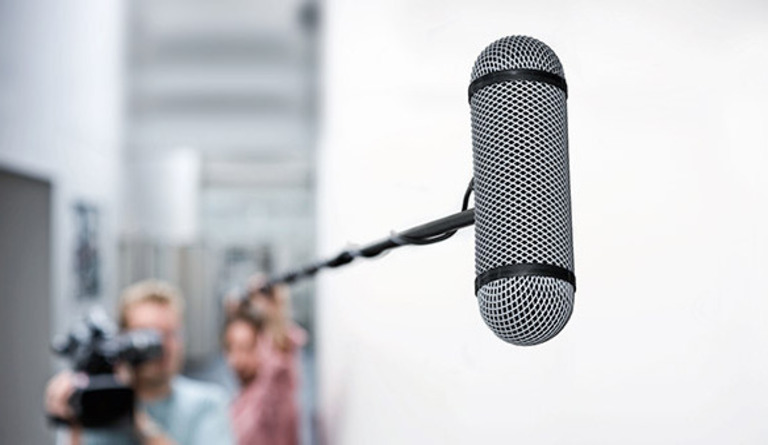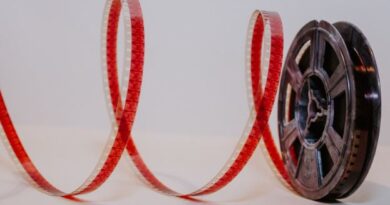Microphone Techniques in Films & Movies: Enhancing the Audio Experience
When it comes to creating an immersive and captivating cinematic experience, high-quality audio is just as important as stunning visuals. Behind every great movie, there is an intricate web of sound recording techniques and technologies at work. In this post, we will explore the role of microphones in film production and how they contribute to enhancing the audio experience for viewers.
1. The Importance of Microphone Placement:
One of the key aspects of capturing high-quality audio in film production is microphone placement. Different microphone positions and techniques are used to achieve specific effects and capture various sounds. From close miking to distant miking, shotgun microphones to lavalier microphones, each placement technique serves a purpose and helps shape the overall audio landscape of a film.
2. Dialogue Recording:
Clear and intelligible dialogue is crucial for effective storytelling. Microphone techniques like boom miking and lavalier miking play a vital role in capturing dialogue accurately. Boom microphones, operated by skilled boom operators, are commonly used to capture dialogue from a distance while maintaining the desired audio quality. Lavalier microphones, on the other hand, offer a more discreet option, perfect for capturing dialogue in situations where the actors’ movements are more restricted.
3. Foley and Sound Effects:
Apart from capturing dialogue, microphones are also essential in recording foley and sound effects. Foley artists recreate everyday sounds in a controlled studio environment, and the use of specific microphones helps capture these sounds with precision. Whether it’s footsteps, door creaks, or the rustling of clothing, selecting the right microphone and technique is crucial for creating realistic and immersive sound effects.
4. Ambience and Atmosphere:
Microphones also play a significant role in capturing the ambience and atmosphere of a scene. Ambient sounds, such as the bustling of a city street or the subtle background noise in a quiet room, are essential for establishing the mood and setting of a film. Techniques like stereo miking and surround sound recording enable filmmakers to recreate these environmental sounds realistically, making the viewers feel fully immersed in the movie’s world.
5. Microphone Technology Advancements:
Over the years, advancements in microphone technology have revolutionized the film industry. From the early days of bulky and less sensitive microphones to modern-day compact and highly sensitive options, filmmakers now have a wide range of tools at their disposal. Condenser microphones, shotgun microphones, and wireless systems have become commonplace, providing greater flexibility and quality in audio capture.
Conclusion:
While visual effects and storytelling often take the spotlight in discussions about filmmaking, it is essential not to overlook the critical role of microphones in creating an immersive audio experience. From capturing dialogue to sound effects and ambience, microphone techniques shape the sonic landscape of movies, transporting audiences into the world on the screen. By embracing advancements in microphone technology and employing various placement techniques, filmmakers can enhance the audio experience and elevate the overall impact of their films.
To test the capabilities of different microphones and explore their potential for film production, you can utilize the online microphone test tool provided by MicGurus.com. This tool allows you to evaluate the audio quality and characteristics of various microphones, assisting you in making informed decisions for your filmmaking endeavors. Visit MicGurus.com’s microphone test tool to experience the possibilities firsthand.
- Bhool Bhulaiyaa 3 Review: Subpar! - November 5, 2024
- Singham Again Review: A Casual Watch! - November 5, 2024
- Vedaa & Khel Khel Mein – Movie Reviews - August 21, 2024




